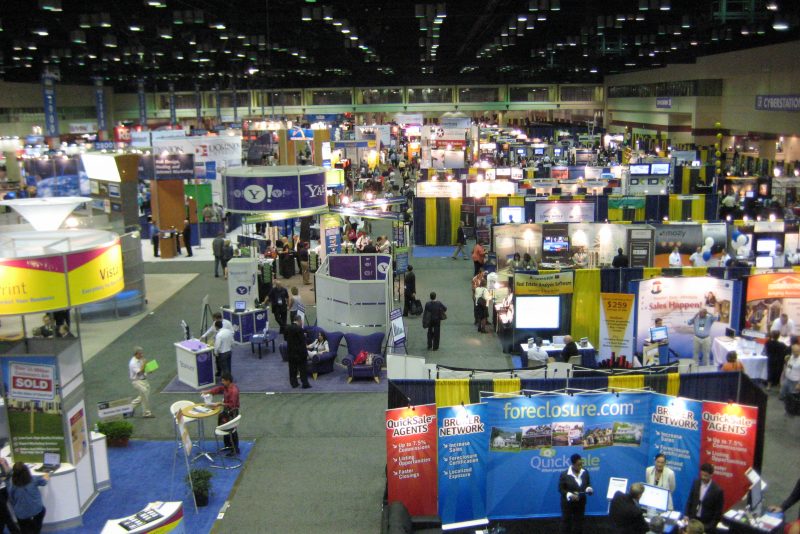Anyone who has been in the enterprise IT space for any meaningful length of time, knows that the enthusiasm for products and technologies waxes and wanes. Today the popular technology may be tweeting, tomorrow it will be some other form of virtualization and next week? Well, who knows?
The idea that customers can en masse migrate from their current heavily invested SAP infrastructure to something else is naive to say the least. Examples like Redbuilt make the headlines possibly because they are so unusual rather than the norm but the idea is interesting nonetheless. All big solutions in a business, that the business knows it can’t survive without, are candidates for scrutiny and criticism and consequently SAP systems are not spared. Of course, if CIO’s could whimsically trade out ERP systems as easily as they can trade out mobile phone carriers there would be a great deal more anxiety in the market and a greater risk to companies like SAP and the other ERP players alike. Would CIO’s willingly make the switch? The recent outpouring of dissatisfaction with the maintenance cost hikes suggests that they would. No one likes to be considered ‘a sure thing’ particularly if they are the one who is paying.
Taking the leap
What is it exactly that holds organizations from taking the leap? We are often presented with implied evidence that the main reason is heavy capital investment in the solution. This position is likely more about the investment made in past projects around consulting fees to implement rather than direct technology costs like servers, licenses and software.
In addition, competitors will always find creative and imaginative ways to financially incentivize a switch if they see the customer as a potential strategic customer or where the deal constitutes a landmark event. The sunk cost of consulting can be hardly argued, even when an installation is considered free of customization and generic. However after 5 to 10 years on a given system, those costs are fully depreciated and the purse strings are potentially loosened for another round of investment. Or are they really? It is perhaps the very fact that in the time that elapses, investment doesn’t stop, and the likelihood of customization creeps in, that further blocks the likelihood of change. Redbuilt switched from an SAP 3.14h installation. One can hardly blame them for thinking something else would be better, that version is more than twelve years old!
A simple business with simple needs
An examination of the Redbuilt case skews the statistic. The wood, paper, pulp and milling business has had it hard over the years. Even at over 250 companies in the US alone, the reality is, that this is an industry that has excess capacity and needs to watch the pennies, it is also an industry that is incredibly capital intensive, has to engage in very long range planning and is under a great deal of pressure from many angles. Year on year it has also seen declines in several sectors and sees the annual closure of numerous companies, many of whom have been around for decades. The idea for the switch for Redbuilt was undoubtedly based upon the financial pressures of running a complex and multifaceted IT solution for relatively basic needs, a look at their product portfolio online suggests that they produce a relatively small set of focused products for the construction industry.
Of the $300,000 savings projected by Redbuilt for the year ahead, $275,000 were attributed to staffing so in reality the savings for the software costs and infrastructure logically amount to only 10% of the total. That’s bad luck professionally for any SAP resources who constituted fallout from the switch decision but as a divorced LLC from Weyerhaeuser the need for the same system controls, technologies and processes were probably heavily reevaluated and the switch made perfect sense. Perhaps of added interest is the fact that Redbuilt also rid themselves of Peoplesoft for HCM in the same fell swoop. One wonders what savings that represented.
Running SAP on the Cloud
So where does that leave the rest of the SAP system owners, some of whom will be sitting on the fence trying to decide whether they should make a switch? The idea that cloud computing with SAP is revolutionary strikes me as an odd concept. While many companies may not wholly outsource their systems, there are as many, particularly in the SMB market that do, and are happy to do so. Business after-all is about doing business not doing IT to do business. Back in May of 2009 Networld ran an article that talked about the top ten cloud computing companies to watch and top of the list was Amazon. Interestingly, my experience is that SAP runs very nicely on Amazon and more importantly it is accessible globally and Amazon warrants that it is taking all appropriate measures to ensure that the SAP system that I use on their cloud is highly available and high performance. Ok so it IS an IDES system, so not necessarily something that a multi-billion dollar company would be running their core system on, but is that really true? I am not sure whether the impressive thing about NetSuite, is the fact that Redbuilt now runs on a non-SAP ERP or whether they run ERP on a cloud solution – the waters seem muddied on that topic. At any rate, rest assured, that if your mission is to reduce your SAP cost of ownership through reduced infrastructure costs then SAP on a cloud is possibly the way you should be thinking.
Simplify the system without jumping ship
Those of you who read this column regularly, know that I am all about faster, easier, secure, proven and supportable ways of enhancing customers’ use of their existing SAP investment. You don’t have to throw the baby out with the bath water so to speak, to get additional ROI and additional benefits out of your SAP system. If your story is that your business is accelerating at the speed of thought and you simply have more data to move, create, change than you can cope with, then you really ought to be considering automation of those data manipulation activities. Consider that with the existing MS Office Excel tools that you use today, you could be plugging straight into your SAP systems and performing those manipulations in secure transactional based ways that are secure, reliable and high performance, and more particularly, without programmer, developer or IT intervention. The capability of desktop integration tools in the SAP Ecohub today means that you won’t dare consider jumping ship because you won’t want to have to go through all the pain of reverting to manual transcription and manual data entry methods. Additionally, some of the tools in the market even allow users to engage in SAP GUI avoidance altogether, especially if spending time in the application is hardly relevant to their job. Push the boat out and stay on it and take a long hard look at the opportunities presented by the technologies that will save you time and money.
The original posting of this article was on SAP SCN here


